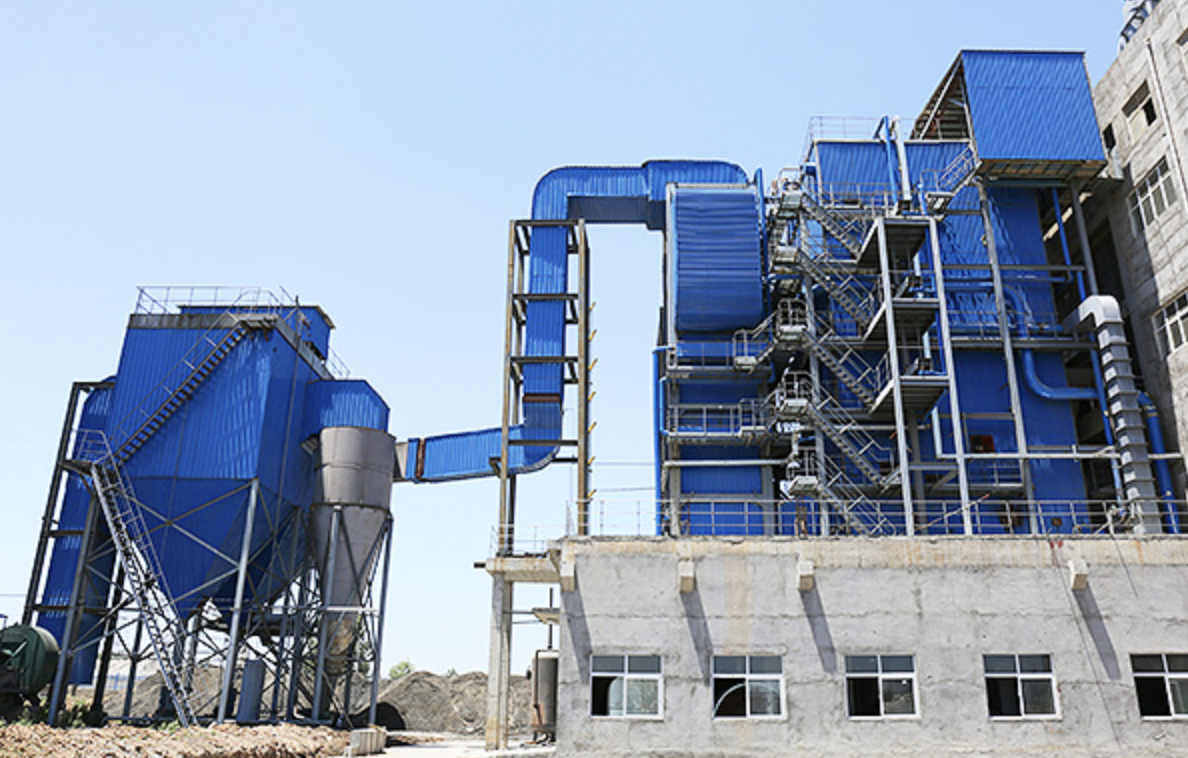
A lot of people are looking for ways to cut back on their heating bills this winter since the cost-of-living crisis has spiralled. However, most of the tips circulating in the news and on social media are only short-term fixes. If you want to save costs now, and in the future, a heat recovery and ventilation system (HRV) is worth considering. Having such a system installed will not only slash your heating bills, but you will also be doing your bit for the environment since they emit fewer greenhouse emissions than the alternative. However, there are a few things to consider before you contact the professionals. For example, you need to make sure your property is already well-insulated and airtight.
If you’re not sure whether a heat recovery system is right for you, here are the advantages and the disadvantages.
Table of Contents
Advantage – Lower Carbon Footprint
As mentioned, home ventilation solutions can reduce your carbon footprint by helping you to rely less on your central heating. HRV systems efficiently make use of the thermal energy that is present in the exhaust airstreams, meaning fewer fossil fuels are burned. So, if you are looking to do your part in combatting global warming, a heat recovery system is a wise decision.
Advantage – Reduced Energy Costs
One of the main reasons to consider having an HRV system installed is the reduced energy costs. These systems are much more efficient at heating and cooling a building than central heating or even air conditioning. They are said to recover up to 90% of the heat that is normally wasted, reducing your heating requirements by up to a quarter. So, even though they come with an initial investment cost, you can probably recoup this in as little as five years.
Advantage – Helps Maintain a Healthier Indoor Environment
When you have a heat recovery system installed in your home, you can rest assured that the air in the building will be fresh and free from pollution from sources such as toilets, the kitchen, bathroom, and utility rooms. An HRV system pulls air from the outside and filters it before it reaches the heat exchanger. This removes fungal spores and dust, ensuring your house is free of mould, and the humidity is kept at a comfortable level.
Disadvantage – Not Suitable for All Buildings
As we have already mentioned, if your home is not completely airtight, you will need to make a few changes to the building before you can reap any benefits of a heat recovery system. Depending on the construction and the age of the building, this can be costly. You will need to consider whether these costs will outweigh the benefits of having an HRV system installed.
Disadvantage – Takes Up Space
A potential downside of heat recovery systems is that the units do take up some space. However, when you work with a reputable professional, they will be able to determine the best place to have the unit installed. In most cases, it will be in a loft space, which means you won’t even notice it is there.
If you are looking for alternative ways to heat your home that are both energy efficient and cheap to run, consider a heat recovery system.